KARUN CHANDHOK has spent decades immersed in motorsport – as a driver, commentator, and now an author.
His new book, Drive to Victory: Incredible True Stories from the Fastest Sport in the World, was released on February 13, and is aimed at young enthusiasts aged nine and above.
In an exclusive interview with Eastern Eye, Chandhok – one of only two Indian drivers to have competed in Formula One – spoke about his new book, the upcoming season and India’s relationship with the sport.
“There’s been a wave of interest in Formula One, including in India, since the Netflix show (Drive to Survive), and a lot of fans have come into the sport in the last four or five years,” Chandhok (41) said.
“For them, F1 started with Lando Norris or Max Verstappen.”
The idea to write a book about Formula One started unexpectedly – with a tweet.
“I put something out about tyres, and someone replied, ‘This is way too complicated. There’s no way kids would understand this.’ I replied, ‘Well, actually, my son is five, and he understands it,’” Chandhok recalled.
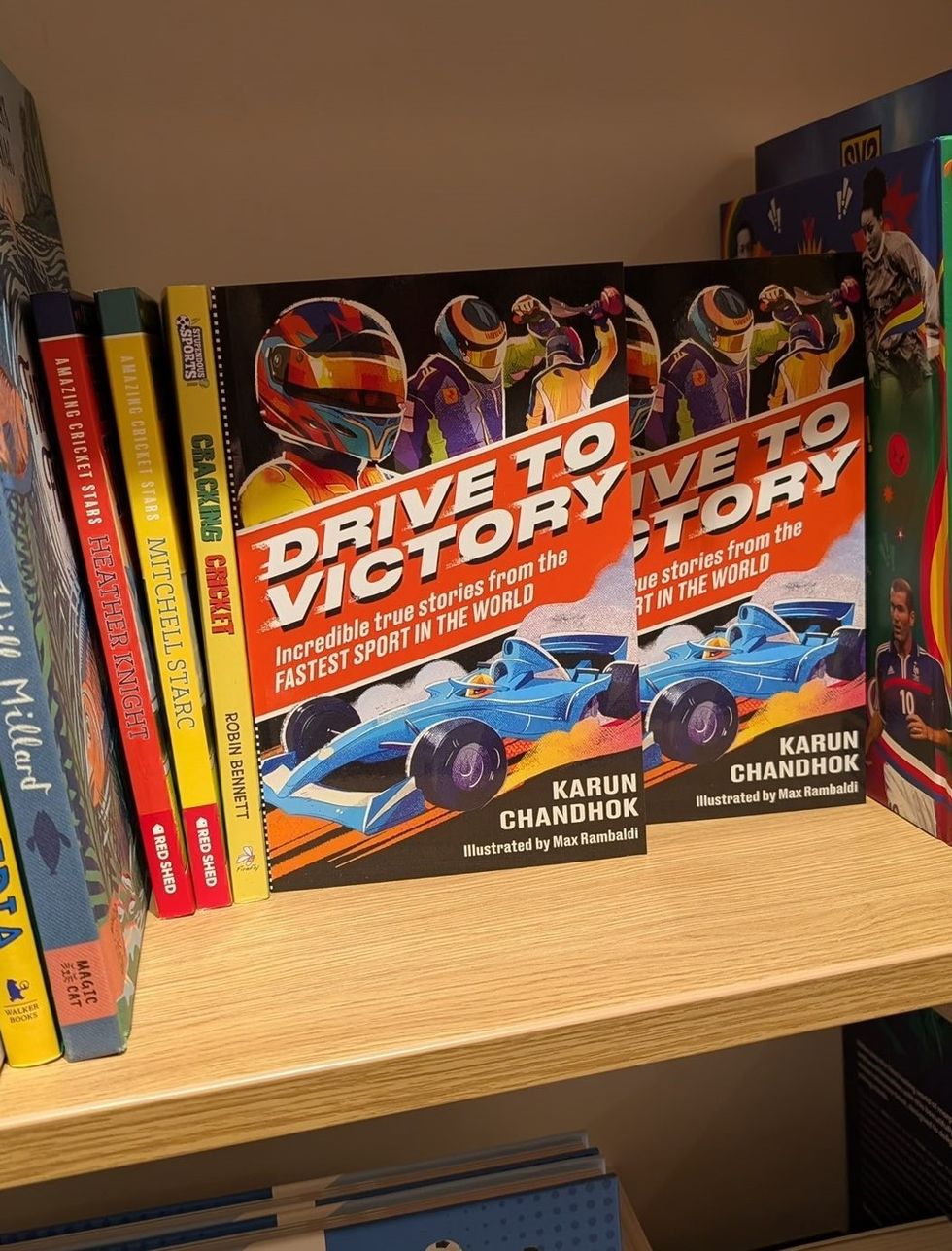
And that exchange sparked a realisation: while his children had the advantage of growing up with a father who worked in the sport, many young fans did not.
“It made me think – there are a lot of kids out there who love the sport but don’t have someone to explain it to them.
“Formula One is a wonderful sport with a rich history, but it’s also a complex one, probably the most complicated sport.”
Though the book is primarily aimed at children between the ages of nine and 15, Chandhok believes it could appeal to newcomers of all ages.
“I’m sure there’ll be stories in there even adults don’t know.”
Chandhok’s book delves into the intricacies of Formula One, offering behind-the-scenes insights and highlighting the journey of drivers such as Lewis Hamilton, Max Verstappen, Lando Norris, George Russell, Michael Schumacher, Sebastian Vettel, and Jenson Button.
Chandhok said his goal was to simplify the complexities of the sport, making it accessible without diluting its essence. Most important, he wanted to fill a gap.
Chandhok’s journey into the sport was unconventional.
“I came from a country where there was no go-karting at the time. I never did a go-kart race in my life. There was no history in the sport (in India) – it was like someone from Peru or Mexico saying they wanted to play in the Cricket World Cup,” he said.
One of the stories in his book is about Brawn GP, the team that emerged from the remnants of Honda and won both the Drivers’ and Constructors’ Championships in 2009.
“They arrived in F1 for one season and became world champions. It had never happened before, and it will never happen again,” Chandhok said. He is aware of the significance of being one of just two Indian drivers to have reached F1.
“We are a country of 1.3 billion people, and there have been only two Formula One drivers. It’s a pretty exclusive club – Narain (Karthikeyan) and I should get ourselves gold card memberships,” he said, with a laugh.
India’s relationship with Formula One has been one of ups and downs. The early 2010s saw unprecedented excitement – two Indian drivers on the grid, an Indian Grand Prix, and the emergence of Force India as a competitive team.
Chandhok said, “In 2011, the Times of India had seven pages of coverage on F1, and the Hindu had six pages. That was crazy. Just three or four years before that, I was begging editors to write a single article about us.”
But after the Indian Grand Prix was discontinued and Force India disappeared from the grid, the momentum faded.
“The IPL (Indian Premier League) has taken cricket to a level that is stratospheric. But ultimately, it comes down to heroes. When Saina Nehwal or Sania Mirza were doing well, the country got excited.
“That’s what we’re missing right now – the next generation of drivers,” Chandhok said.
There have been some promising Indian names in Jehan Daruvala, Kush Maini, Arjun Maini, but none has yet broken through to Formula One.
Chandhok offered an insight into what sets apart the great drivers: “The world champions deliver every single weekend. I call them A+ stars. If you look at a 24-race season, they will deliver all 24 times. The A stars will deliver 20 times, but have a few off weekends. The B+ drivers will deliver, maybe 16 or 17 times. That’s the difference – consistency.”
Formula One, Chandhok said, is in a strong position with a new generation of talent.
“We have six rookies coming in this year, and they’re all strong competitors. At the same time, you’ve got Alonso (Fernando), Hamilton (Lewis), Verstappen – world champions who are still performing at the highest level.”
And his predictions for the 2025 season?
He said, “Max didn’t dominate last year. The first six weekends, yes, but after that, it was a real struggle for him to win. The last two-thirds of the season were fantastic, because we arrived at the track not knowing who would be on pole or who would win. That’s what we want as neutral fans, and I expect more of the same this year.”
Three key storylines stand out to him: “Lewis Hamilton at Ferrari – everyone is excited to see how that plays out. Can Lando Norris win his first championship? He was incredibly strong last year. And can Red Bull recover? They started strong but dropped off later in the season.”
For young drivers hoping to make it in motorsport, Chandhok has one important piece of advice: “Knowledge is key. If you want to be in the sport – whether as a driver, engineer, or mechanic – you need to educate yourself. Understand how it works.
“Keep your feet on the ground. Just because you win one race doesn’t mean you’re going to be world champion.”
Whether through commentary, writing, or mentoring young talent, Chandhok remains deeply involved in motorsport. As Formula One continues to grow globally, he said his hope is the book will inspire a new generation of fans, especially in India, to engage with the sport in a way that has never been done before.
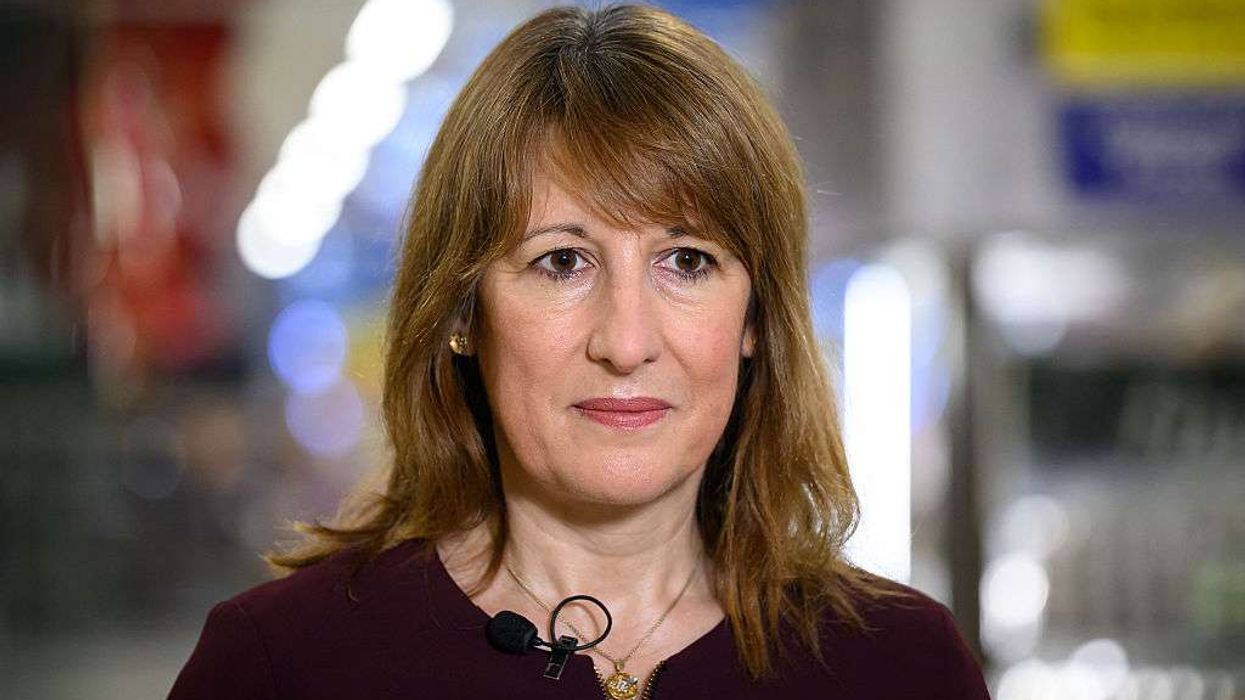
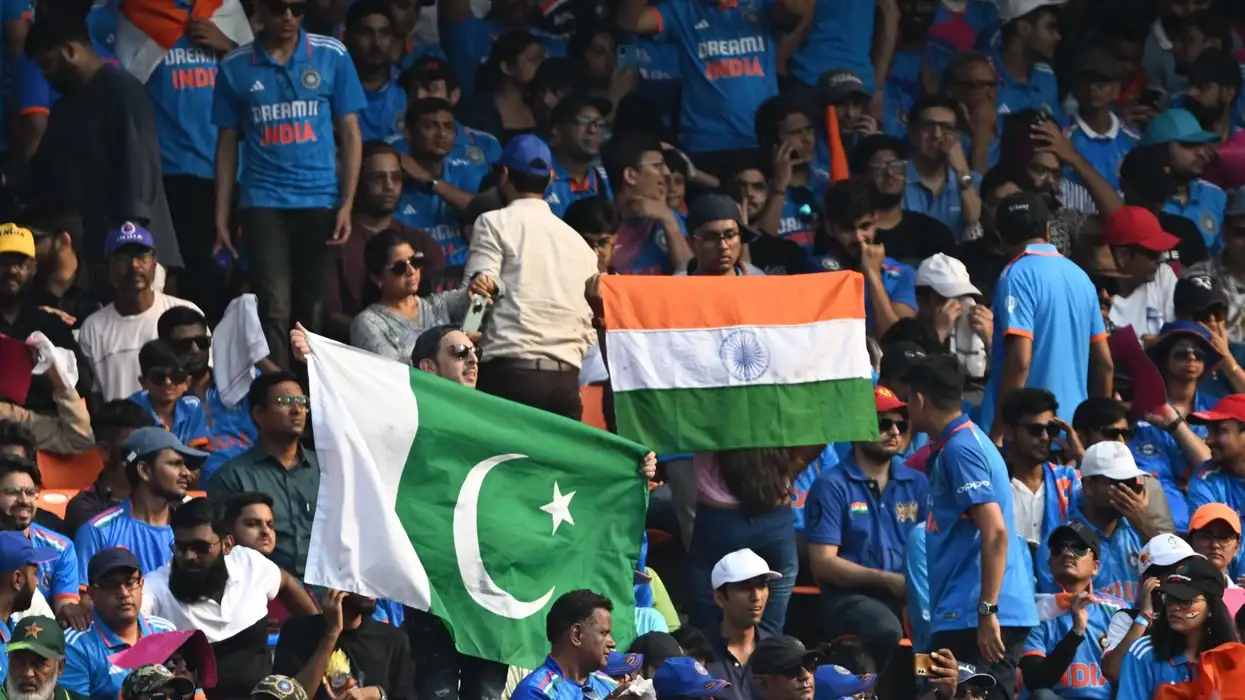
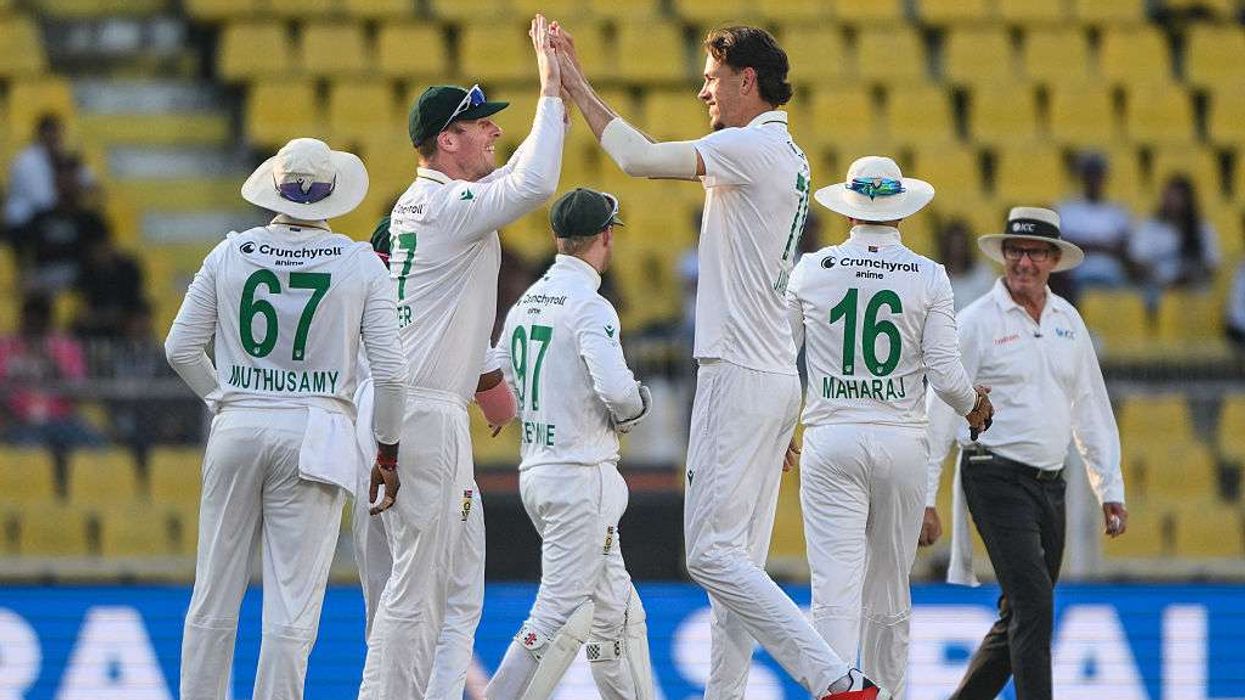
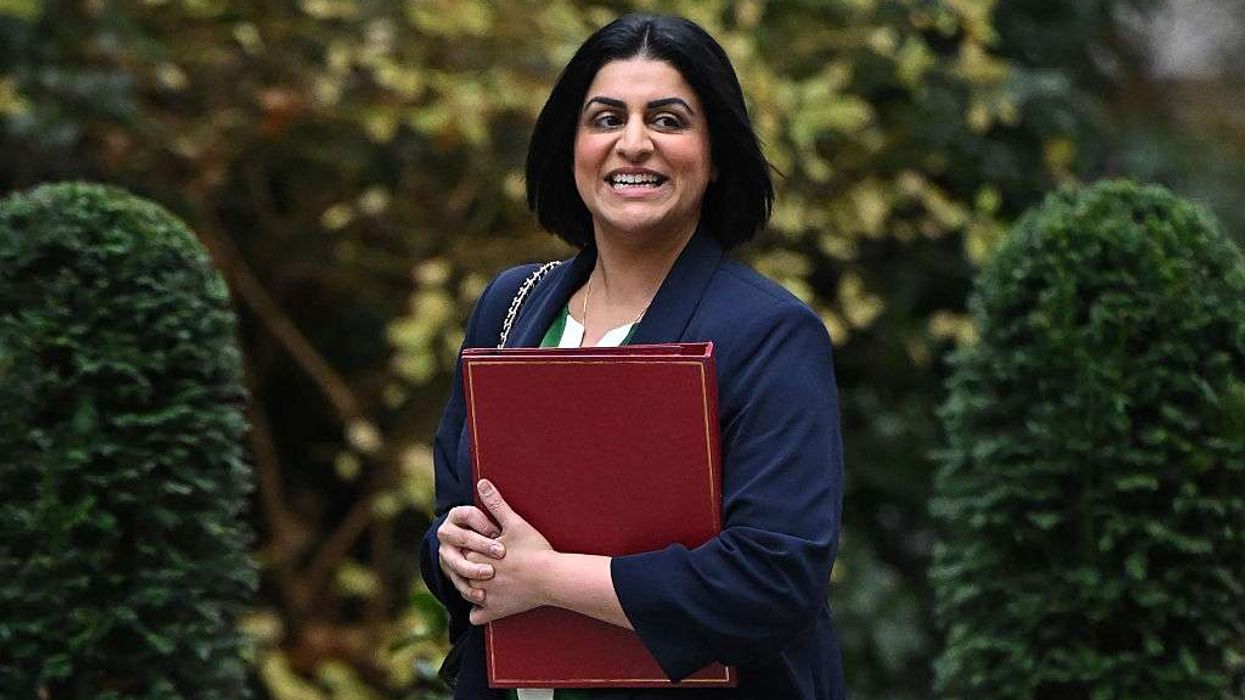

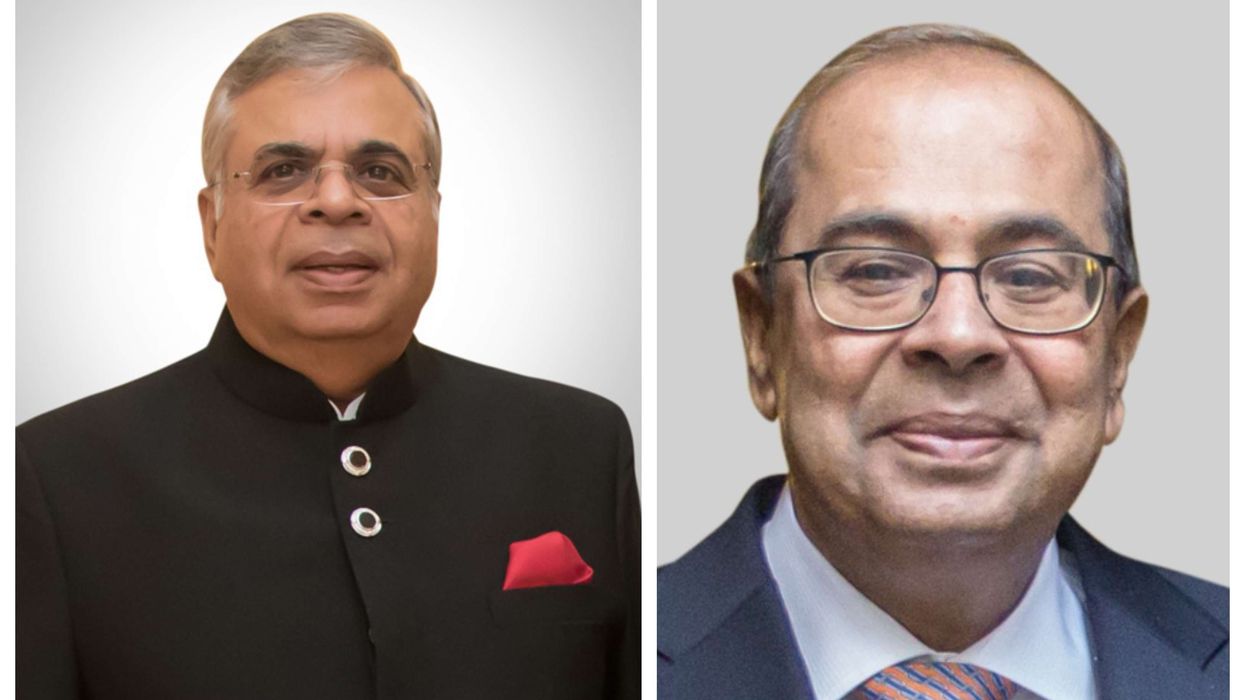







A new chapter: Karun Chandhok’s book brings F1 to young fans
His new book, Drive to Victory: Incredible True Stories from the Fastest Sport in the World, was released on February 13, and is aimed at young enthusiasts aged nine and above.
Chandhok’s book delves into the intricacies of Formula One, offering behind-the-scenes insights and highlighting the journey of top drivers such as Lewis Hamilton, Max Verstappen and Michael Schumacher. (Photo: X/@karunchandhok)